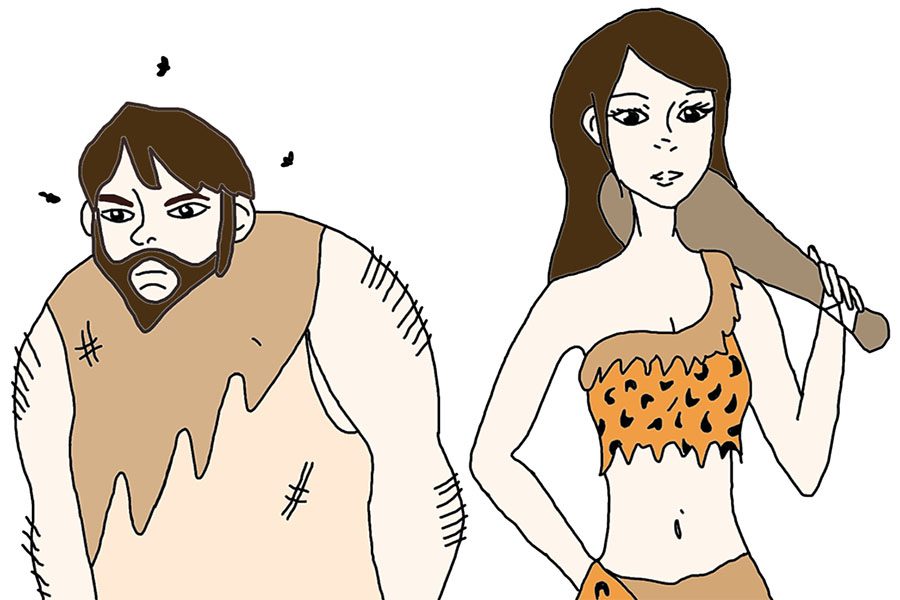Society promotes sexualized costumes
The phrase “sex sells” usually refers to the way women are presented in the media to see the most demand for their product, which is often times themselves. However, it is also true that sex itself is marketable, and more often than not it is sold to the very same gender encouraged to use it as a marketing technique, as exemplified by the gross objectification most women’s costumes create.
To say that no woman, ever, wants to wear a sexy costume on Halloween would be a misrepresentation, as well as a blatant lie, but dressing so scantily should be more of an option. It is commonplace to see the “Sexy Nun” costume, but to have three variations of that revealing costume while the male version of it is either a “Father” or “Rabbi” creates the impression that women are meant to promote themselves in that light, while men are never to even consider the possibility.
Yes, there are options other than this glorified lingerie, but often the only reason they cover a bit more skin is because they are the plus-size version and the options otherwise are few and far between. When picking out a costume, it should be an option to not be sexy, and it shouldn’t be because of your weight. If a man wants to dress as a “Cave Dweller,” he can easily purchase a costume that accurately reflects the look he is going for, whereas the woman’s sole version is skimpy and tight, titled “Goin’ Clubbin’.” If not for any other reason beside equality, a sexualized version and a more conservative version should be available for both genders.
This also applies to fictional characters, such as superheroes, whose costumes suddenly lost a yard of fabric in the process of becoming a woman’s costume, even if it already for a woman in the first place.
It is not unreasonable to expect there to be a more equal playing field for the sexes at this point in time, but who’s to blame? Is it the women wearing these costumes? Perhaps the men reinforcing it? Or is it the costume companies themselves for producing them?
In fact, it is the fault of society as a whole. It has become almost an expectation for a certain demographic to dress provocatively, and if they do otherwise, it sticks out. Making more conservative costumes — just a tad higher neckline and a lower hemline, nothing extreme — promotes the idea that it is more of a choice. It would even be less offensive if men’s costumes also contained the underlying, or more often, the blatant, sexualization that women have to deal with.
Regardless, wanting to go as a feminine version of something should not require someone showing as much skin as you would at a beach.
That is not to say those who do want to dress that way are doing something shameful. If it’s your body, you decide how much skin you want to show. The argument is not that wearing these costumes is insulting to the female gender, or even that the inherent sexualization of women is wrong; it is a matter of accessibility to level a playing field. That that will only come when society creates the demand necessary for the supply.









